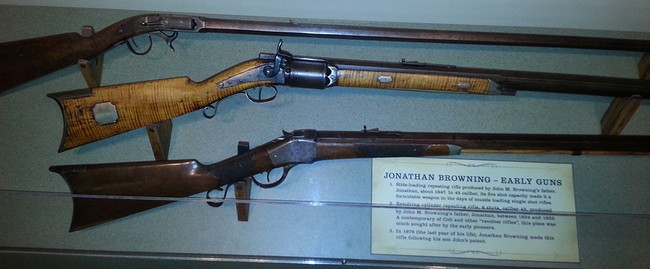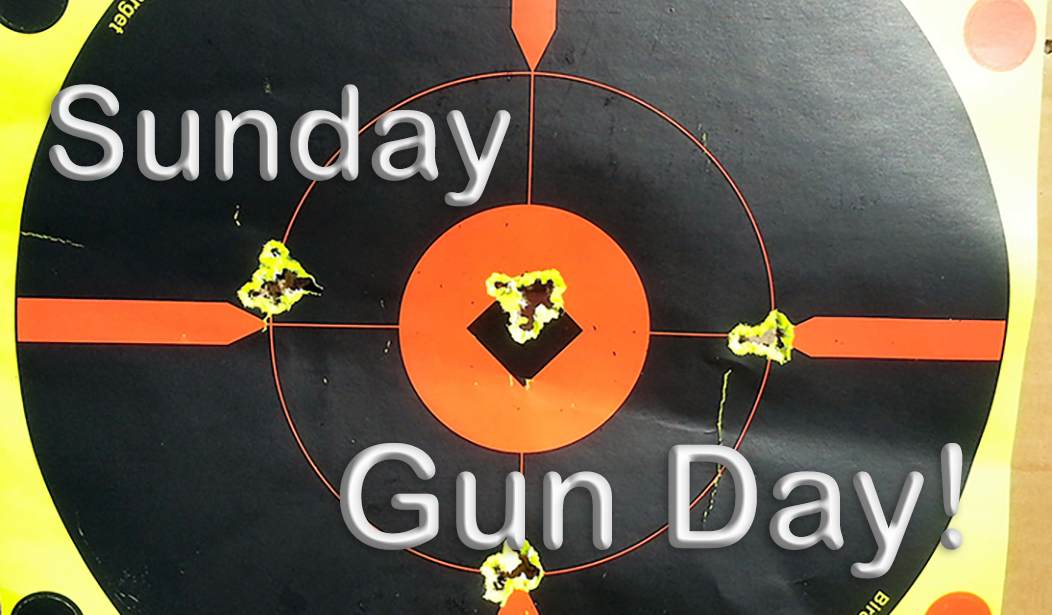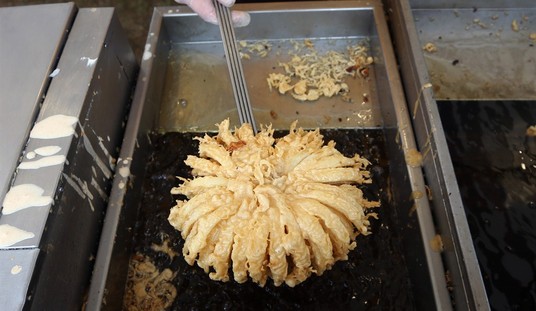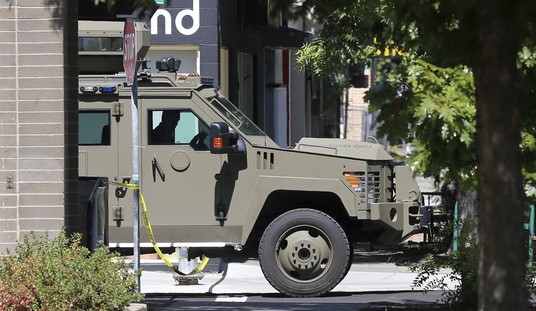It’s hard to overstate the influence John Moses Browning had on the firearms industry. He designed firearms ranging from .22 rifles to 37mm cannons, from the classic, time-tested 1911 pistol to the famous Auto-5 shotgun to the historic Browning Automatic Rifle. He designed the M2 .50 caliber machine gun, still, after almost a century, the world’s best heavy machine gun. His list of cartridges and firearms designed is extensive:
Cartridges
- .25 ACP
- .32 ACP
- .38 ACP
- .380 ACP
- .45 ACP
- .50 BMG
- 9mm Browning Long
Handguns
- FN M1899/M1900 (.32 ACP)
- Colt Model 1900 (.38 ACP)
- Colt Model 1902 (.38 ACP)
- Colt Model 1903 Pocket Hammer (.38 ACP)
- FN Model 1903 (9mm Browning Long)
- Colt Model 1903 Pocket Hammerless (.32 ACP)
- FN Model 1906 Vest Pocket (.25 ACP)
- Colt Model 1908 Vest Pocket (.25 ACP)
- Colt Model 1908 Pocket Hammerless (.380 ACP)
- FN Model 1910 (.32 ACP, .380 ACP)
- U.S. M1911 pistol (.45 ACP)
- Browning Hi-Power (9mm Parabellum)
- Colt Woodsman pistol (.22 LR)
Shotguns
- Savage Model 720 long-recoil semi-automatic shotgun
- Ithaca Model 37 pump-action repeating shotgun
- Stevens Model 520/620 pump-action repeating shotgun
- Winchester Model 1887 lever-action repeating shotgun
- Winchester Model 1893 pump-action repeating shotgun
- Winchester Model 1897 pump-action repeating shotgun
- Winchester Model 1912 pump-action repeating shotgun (actually designed by T.C. Johnson but based on the 1897 Winchester)
- Browning Auto-5 long-recoil semi-automatic shotgun
- Browning Superposed over/under shotgun
- Remington Model 17 pump-action repeating shotgun
Rifles
- Winchester Model 1885 falling-block single-shot rifle
- Winchester Model 1886 lever-action repeating rifle
- Winchester Model 1890 slide-action repeating rifle (.22 LR)
- Winchester Model 1892 lever-action repeating rifle
- Winchester Model 1894 lever-action repeating rifle
- Winchester Model 1895 lever-action repeating rifle
- Winchester Model 1900 bolt-action single-shot rifle (.22 LR)
- Remington Model 8 semi-auto rifle
- Browning 22 Semi-Auto rifle (.22 LR)
- Remington Model 24 semi-auto rifle (.22 LR)
- FN Trombone pump-action rifle (.22 LR)
Crew-Served Weapons
- U.S. M1895 air-cooled gas-operated machine gun
- U.S. M1917 water-cooled recoil-operated machine gun
- U.S. M1919 air-cooled recoil-operated machine gun
- U.S. M1918 Browning Automatic Rifle (BAR)
- U.S. M2 .50-caliber heavy machine gun
- U.S. M4 37mm Automatic Gun
Of those, you can find the M1911, the Stevens 520A, the Ithaca Model 37, the Browning Auto-5, and the Winchester Model 12 in our gun safe; one of these models, I'll wager, graces a majority of gun safes and gun racks in the United States today, efforts of gun-grabbers notwithstanding.
See Related: WATCH: Anti-Gun Crusader David Hogg Gets Schooled by Survivor of Chinese Communism
John Browning held 128 patents on firearms and associated devices. He was, truly, the Leonardo da Vinci of gun designers, probably the single most influential gunmaker of the modern era. A few years back, I spent some time in The Maestro's hometown of Ogden, Utah. While there, I had several chances to visit the Browning Firearms Museum; if you’re ever in the area, I can't recommend it enough. The museum houses a whole bunch of neat stuff: Hand-made Browning prototypes, one-offs, design specs, patent drawings, you name it, it’s there.
The museum is first and foremost a tribute to the man himself; he is depicted at the entrance holding one of his more famous designs, the Auto-5. Born in 1855, the son of a gunsmith, John designed and built his first firearm at age 10. He was awarded his first patent at age 24 and went on to spend his life as one of history’s most innovative gunmakers. One of the first exhibits you will see in the museum are some examples of young Browning's first few hand-made arms, including a rather interesting revolving rifle:
 The museum contains several of the senior Browning’s guns as well as some of John’s earlier pieces. John’s father, Jonathan Browning, had been part of the Mormon diaspora from Nauvoo, Illinois, and set himself up as a gunsmith on the move to Utah; his son took the baton and ran with it.
The museum contains several of the senior Browning’s guns as well as some of John’s earlier pieces. John’s father, Jonathan Browning, had been part of the Mormon diaspora from Nauvoo, Illinois, and set himself up as a gunsmith on the move to Utah; his son took the baton and ran with it.
John Browning designed guns for every kind of shooter. Big game rifles, shotguns, handguns, crew-served military weapons, you name it, the agile and innovative mind of Browning broke new ground on it. He gave us the 1911 and its ultimate development, the Hi-Power, two of the finest martial handguns ever made, variations of which are still popular in the self-defense market today.
See Related: Louisana Lawmakers Considering Legislation to Protect Permitless Carry From Local Government Anti-Gunners
Browning also gave us the Auto-5, the first successful commercially produced semi-auto shotgun. He gave us the Superposed, the first successful over/under shotgun, a refined version of which is still made today as the Citori. He gave us the original America’s rifle, the 1894 Winchester, and its pistol-caliber counterpart, the Winchester 1892. He gave us the bottom-eject Ithaca 37 and the reed-slim bottom-eject Browning .22 semi-auto. He truly was a legend in the world of gun design.
The Browning Museum is the repository for a lot of John Browning’s genius – including some significant hand-made prototypes.
Most gun folks are familiar with the Auto-5, one of John Browning’s most famous inventions. But it wasn’t his first semi-auto shotgun. There are two prototypes in the museum, hand-made by the man himself, of a semi-auto shotgun based on a toggle action – yes, that’s right, like a Luger. Browning was concerned about infringing on the Borchardt/Luger design, so he instead produced the prototype of what became the immortal Auto-5, which is also on display; the original didn’t have a handle on the bolt, but rather the bolt was connected by an operating rod to a handle on the underside of the stock. That was an oddity that Browning corrected in the second prototype, which led to the production models.
A row over from the Auto-5, one can find the rifle racks, including the prototypes for both the Winchester ’92 and ’94 rifles. The ’92 was immortalized in any number of Western movies; John Wayne owned several examples and was a fan of the rifle. It’s light, handy, fast into action, and packs a decent punch at short range. The ’94 has probably killed more deer in North America than any other single rifle design and is still one of the best lever guns available. The ’94 is most commonly found chambered for the .30WCF (.30-30,) one of the most popular rifle cartridges ever made; the trienta-trienta is still in common use from the Yukon to the Canal Zone. I can tell you that this modest round has killed more than a few Alaska moose; it's a cartridge that regularly punches out of its weight class.
Last but not least, some of the finest handguns ever devised came from the mind of Browning. At the museum you can see his first auto pistol, gas-operated even, as well as the prototypes of the 1911 and the Hi-Power. In fact, the many and varied prototypes, many of which were never translated into production pieces, are some of the more interesting things on display here in Ogden.
The original building where John Browning and his brothers designed and built fin guns is only a few blocks away from the museum as well, but there is a sad note there: the building is identifiable by the patina remaining that shows where the “Browning Bros” and “1875” signs were, but the edifice is now empty and seemingly abandoned – a sad note for a structure from which emanated some of the finest firearms ever built.
John Browning was a singular mind. He was, as I’ve said, the Leonardo da Vinci of firearms; no other single person in the late 19th/early 20th century influenced firearms design that he did. In fact, I'd wager nobody to this day has had more influence in firearms design; the name Browning overshadows such giants as Colt, Remington, Stoner, and Kalashnikov. He was, truly, a man without peers when it came to designing firearms. If you own more than a couple of guns, chances are you have a Browning design or a derivative thereof in your collection.
If you’re ever in Ogden, Utah, stop by the Union Station building and visit the Browning Museum. It’s worth the relatively few shekels you’ll spend to see some unique pieces of American firearms history.













